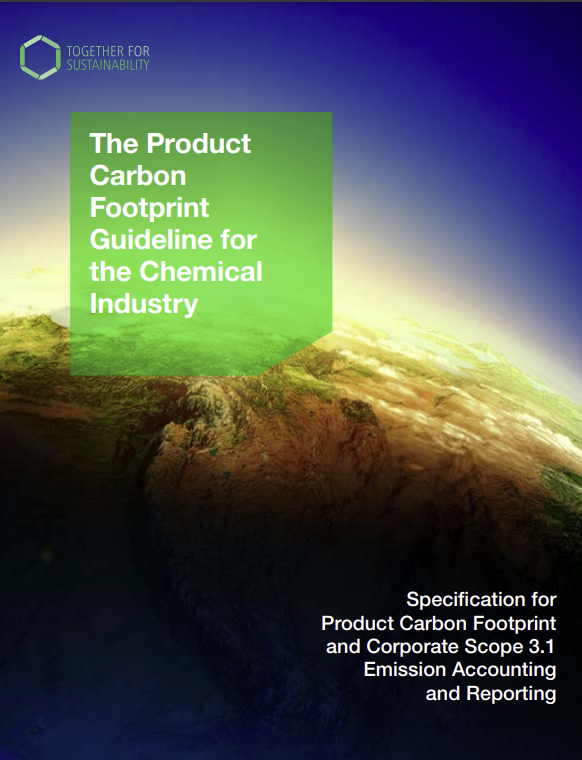Measuring the emissions impact in the chemical sector: a guide on Product Carbon Footprint

Under the Green Deal and aligned with the Paris Agreement, EU countries have committed to becoming the first climate-neutral economy by 2050. In practice, it means that businesses need to enhance energy efficiency and minimise their greenhouse gas (GHG) emissions, including scope 3 GHG emissions – the emissions that the organisation indirectly affects in its value chain.
To measure progress, Product Carbon Footprints (PCFs) are needed to evaluate how much emissions a consumer product is responsible for. That’s why Together for Sustainability (TfS), a global initiative uniting more than 30 companies and a partner of Cefic, has recently launched the “Product Carbon Footprint Guideline for the Chemical Industry”. It aims to set industry- specific rules to help companies produce more accurate and consistent carbon footprint data, making it easier to compare footprints of various chemical products in the value chain, and reduce their environmental impact.
At a recent webinar organised by Cefic, PlasticsEurope and Together for Sustainability, more than 200 participants gathered to discuss the new Product Carbon Footprint Guideline and its relevance for the sector.
From generic approach to sector-specific Product Carbon Footprint
“To rationally take decisions, data concerning all the three scopes of GHG emissions are required by all the actors along global value chains”, said Alessandro Pistillo, Director, Digital strategic projects at BASF.
Scope 3 emissions account for more than 70% of the total amount of GHG emissions in the chemical sector and they represent the most challenging part in the measurements for this sector, according to the guideline by TfS. To avoid gaps in emission accounting, it is crucial to have consistent ways to determine the carbon footprint.
The current standards and guidelines for measuring the product carbon footprint do not fully address the specific needs of the chemical suppliers.
In particular, there are limitations for Scope 3 downstream emissions, due to the fact that the inputs mainly come from a “cradle to gate” system, meaning that the carbon impact is not considered in the entire lifecycle of a product, including its use and disposal, but only until the moment the product leaves the factory gate. It is also difficult to compare PCFs of chemical products, due to different methodological decisions made in the calculation, uncertainties of data used, different levels of data quality, and differences in technologies. This is where the TfS’s “Product Carbon Footprint Guideline” aims to help by providing a specific and harmonised set of rules and methodologies for the chemical sector, through the “cradle to gate” approach.
A deep dive into the “Specifications for Suppliers’ Product Carbon Footprint Calculation” chapter shows how this guideline seeks to address and establish common rules for carbon accounting systems in areas that are not well specified in other methodologies. From the circular feedstock perspective, specific information on how to calculate the biogenic carbon content is given, as well as a way to consider the calculation of carbon footprint for mass balanced products. The guideline also provides a proposal for PCF accounting for important technologies with the potential of lowing emissions of the chemical industry, such as carbon capture and utilisation (CCU), and chemical recycling.
A change beyond the chemical sector
